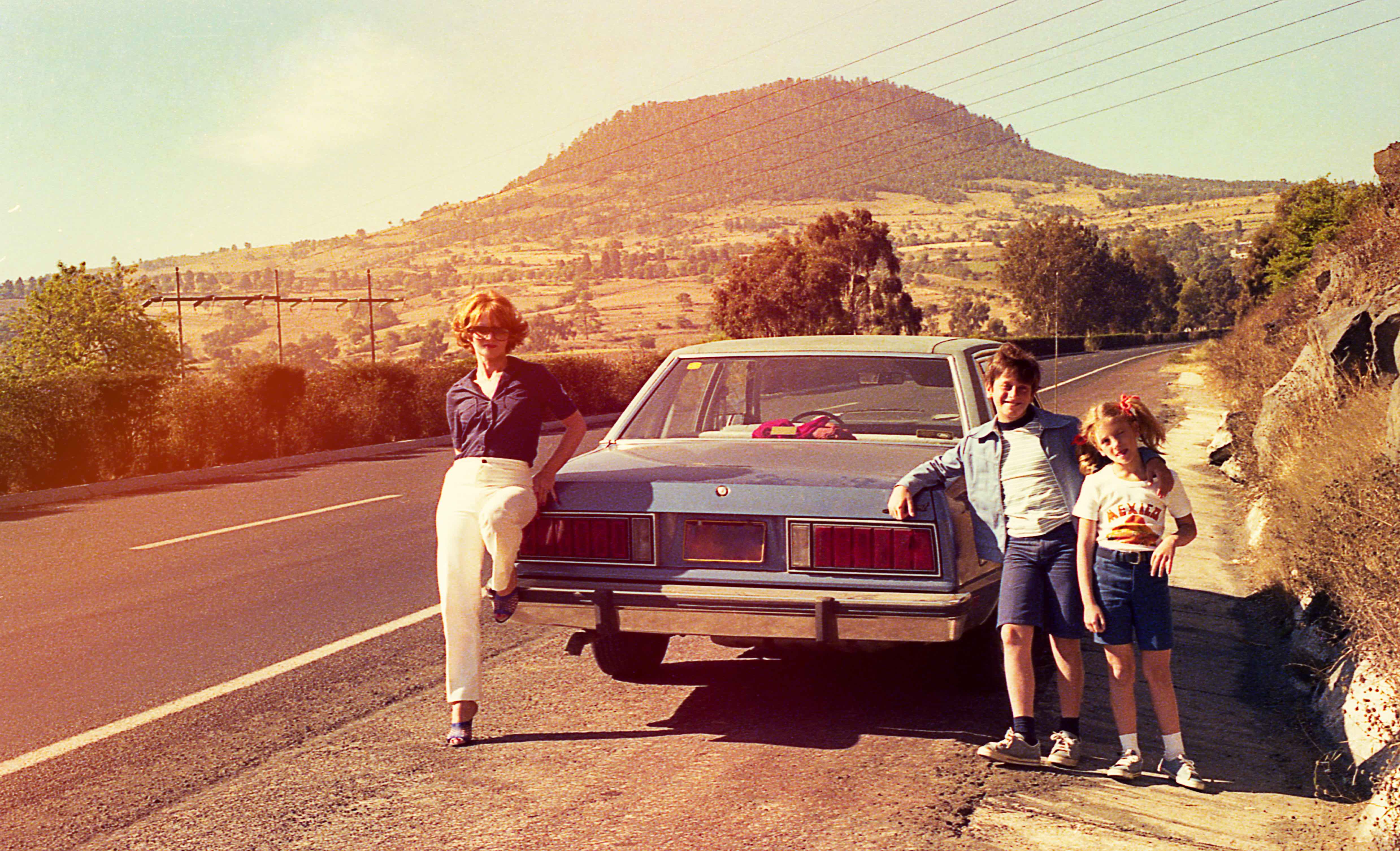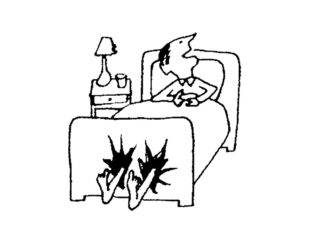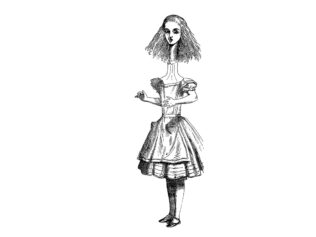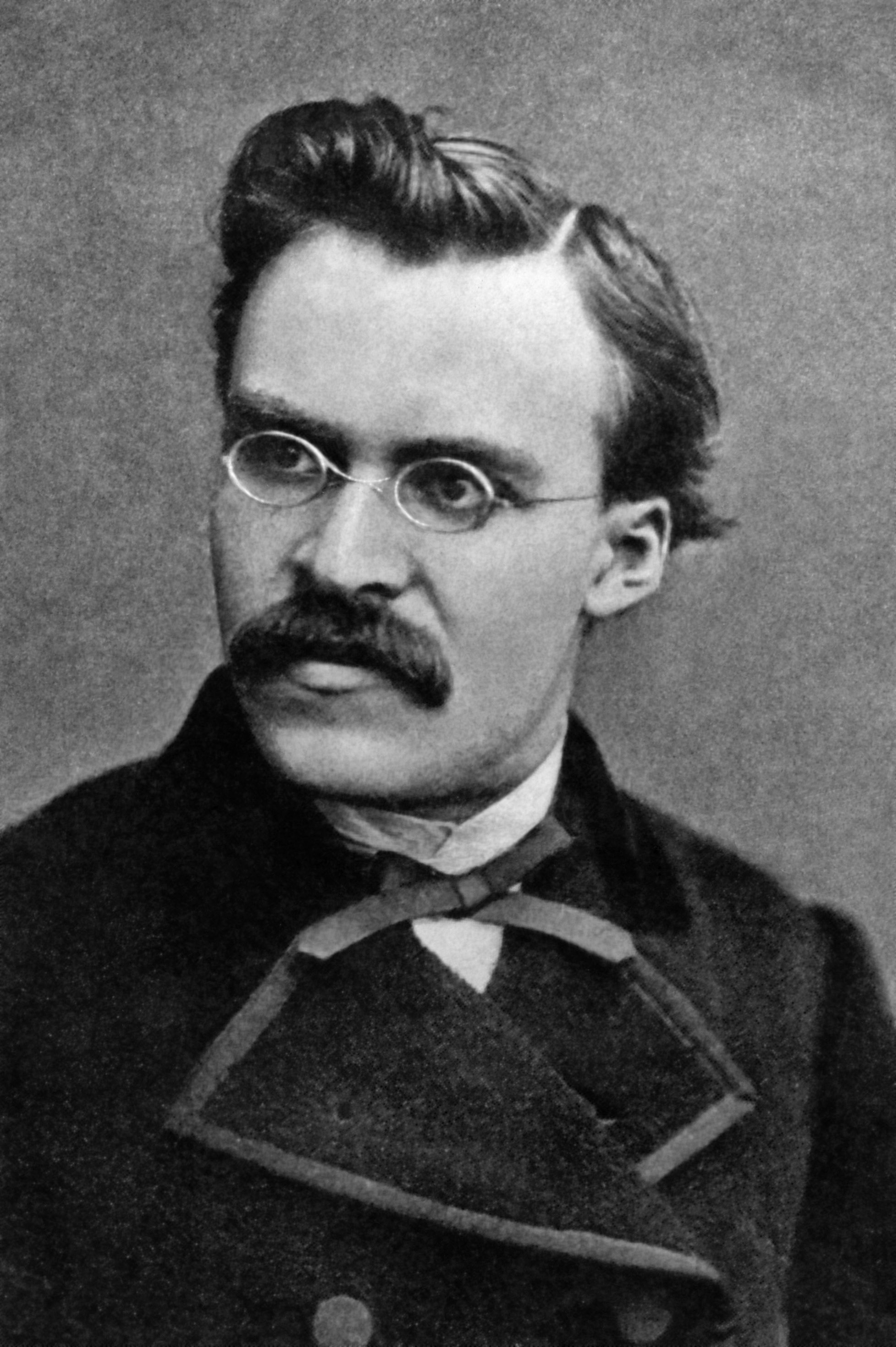
It is ironic that a zeitgeist can only be properly apprehended after its time. But has the spirit of the contemporary age been exorcized? Though modernity has presented us with countless innovations and technologies, it seems increasingly difficult for us to look forward and imagine what the future will look like. We are haunted by the ghosts of these lost futures. The irony of the failure of the future is that we now experience nostalgia for utopias which never even happened. Things come back to haunt us.
“They are always there, spectres, even if they do not exist, even if they are no longer, even if they are not yet.” The ludic portmanteau of hauntology was coined by the philosopher Jacques Derrida in his 1993 text Spectres of Marx; his near-homonymous wordplay on ‘ontology’ gestures towards a concept concerned with disturbing the study of being and forms of existence. Hauntology, then, supersedes being and presence by prioritizing the metaphorical ghost: that which is neither present nor absent, neither dead nor alive.
The figure of the ghost in Derrida represents absent presences: atemporal ideologies, concepts, ideas, which disrupt an ontological threshold to disturb and haunt the present (the eponymous spectre of Marxism, for instance). Hauntology essentially explores the ways in which the present is haunted by the past and by the ghostly traces of lost futures, how the relics and residue of history enduringly persist through a time that is ‘out of joint’, as Derrida would have it.
But hauntology is not necessarily synonymous with nostalgia. In fact, there is only one mention of the word ‘nostalgia’ in the entirety of Spectres of Marx. Derrida’s hauntology does not simply summon the relics of the past in order to fetishize them in mourning, but asks us to radically rethink the present to spirit away our haunted future. Like the portentous ghost of Hamlet’s father or The Ghost of Christmas Yet to Come, the figure of the spectre is also one which reproaches the present, which shows us that the present does not have to be as it is and that the future can be other than it was.
The melancholy of nostalgia
When the term began to be applied to popular culture – most prominently in music by Simon Reynolds and Mark Fisher in 2005 – it was done so to denote a grouping of predominantly British electronic artists who could be labelled ‘hauntologists’, whose music could be described as ‘hauntological’. Fisher and Reynolds equated hauntology to notions of the fragile and involuntary qualities of memory and the melancholy of nostalgia. The irony is that the idea of hauntology itself has seemingly and erroneously become passé; a cultural phenomenon identified in the 2000s and then exorcised.
However, before his untimely death in 2017, Mark Fisher continued to sophisticate his reworking of Derrida’s idea in his book Ghosts of My Life. There, in 2014, he suggested that media culture and life in the 21st century is distinguished by ‘anachronism and inertia’, but that this stasis has been concealed by the shallow transience and constant motion of the modern world. He argued that cultural motifs, such as rétrospectif montaging and nostalgia aesthetics, have become so commonplace that they are simply taken as a given. Borrowing a term, he called this the ‘slow cancellation of the future’.
This notion “has been accompanied by a deflation of expectations,” Fisher writes. “The feeling of belatedness, of living after the gold rush, is as omnipresent as it is disavowed. Compare the fallow terrain of the current moment with the fecundity of previous periods and you will quickly be accused of ‘nostalgia’. But the reliance of current artists on styles that were established long ago suggests that the current moment is in the grip of a formal nostalgia.” The more things change, the more they stay the same.
In Fisher’s sense of hauntology, there is a pervasive feeling that the modern world has lost its cultural and political momentum, that everything exists as some kind of inert relapse under ‘capitalist realism’. This idea – that the ideological persistence of capitalism renders it not just the only ‘viable’ politico-economic system on offer, but in such a way that a real alternative is seemingly unimaginable – is best understood through Frederic Jameson’s remark that “it’s easier to imagine an end to the world than an end to capitalism.”
Every generation is nostalgic for the one that came before – either for those that they never lived through, or in the ghostly half-remembrance of childhood eras. Psychological research tells us that nostalgia is a common adaptive response to distress: we insulate ourselves with rose-tinted memories to endure whatever stresses, pain, or meaninglessness we face in the present.
During the COVID-19 pandemic, for instance, there has been a stark and predictable rise in retrospective melancholia and delving into our personal digital archives. In April 2020, Spotify reported a 54% increase in its users creating nostalgia-themed playlists; Instagram challenges trended, too, such as last year’s #MeAt20, which encouraged users to share old photos from their pre-pandemic pasts. Familiarity is the cousin of comfort. But reminiscing about the past and invoking idealized versions of it has always been a safeguard against the uncertainty of the future and the incoherence of the present. This is perhaps nowhere more apparent than in the time-altering potential of the internet. A digital medium in every sense of the word; a séance in cyberspace.
Digital reflections
Though real progress seems dead to the world, technology has never had more velocity; perhaps we are simply going nowhere fast. The standard ideas of time and place have changed irrevocably thanks to new forms of era-defining digital communication. The internet compartmentalizes timings and spacing, weaving them through a system of cyclical returns which radically collapse the foundations of what we feel constitutes our Self and existence.
That hauntology has now been attributed to the discourses of new media and technology is unsurprising considering the intangible spectrality of the internet as a medium of information. Of the new technological powers of the late 20th century, Derrida tells us that we cannot help but take into account “so many spectral effects, the new speed of apparition (we understand this word in its ghostly sense) of the simulacrum, the synthetic or prosthetic image, and the virtual event, cyberspace and surveillance, the control, appropriations, and speculations that today deploy unheard-of powers.” From 1993 to 2021, the epochal shift of the internet age and its revolutionizing technological accelerations have ushered in a rapid digital evolution. The world is faster and flatter than ever before.
Smartphones and social media, for example, mediate our ability to be present in the current moment – at once temporizing our decisions and insisting that we act immediately. In these new forms of digital technology, it becomes possible to see the ghost in the machine. We live out online lives simultaneously and in parallel to our ‘real lives’, but in this immersive conjuring we are haunted by our own digital reflections. Yet it is also telling that hauntology was summoned into popular culture at the same time that the internet became the overriding system for cultural consumption and distribution.
We may already be aware of deep-fake technology, but the emergence of another technological phenomenon – MyHeritage’s ‘Deep Nostalgia’ – brings with it the quite literal reanimation of the past. In essence, it allows users to upload old photos and have them move in ‘real-time’. Though it lacks the subtle mannerisms and gestures of loved ones, its AI-manipulation of images is the perfect instance of a digital drive for nostalgia and the uncanny effect it produces. Although technical modernity has deeply ruptured the difference between re-enactment and an experience in the present, we must remember that a pure nostalgia does not exist. It is merely a nostalgia-effect that is produced.
The liquidity of the internet allows us to deconstruct contexts and traverse time with ease – the interconnectivity of digital networks means that the culture of different or personal and cultural eras is not only accessible, but endlessly malleable. The virtual world is like a ghostly time machine. Revisiting digital memories compresses the depth of history and brings the past both more proximate and more distant in the same gesture. Ascertaining where the past ends and the present starts is no longer straightforward. The past is either flaunted in kitsch citationality or furtively lurks under the surface of the new: endlessly available, endlessly repeatable.
The internet is superabundant. Illimitably so. It is intangible, continually increasing, servers upon servers. But in the internet’s endless offering of re-watching, re-listening and re-visiting, “loss is itself lost”, as Fisher would put it. Technology preserves everything, ready to be exhumed at a whim, conjured up and cannibalized. With more than 70 million songs, Spotify, for instance, makes available almost the entire spectrum of the modern history of recorded music and reveals the phantomatic nature of internet time. Does anything really die anymore?
Other digital streaming services such as Netflix reveal how patterns of media consumption mirror our desire for the past and retro culture: from 1980s sitcom re-runs to ‘classic movies’ in HD. Indeed, generations will always idealize previous pasts, and nostalgia as we understand it today is nearly always sentimental. The internet catalyses mourning and memorial through its contraction of time and place – the pace at which we can romanticize the ghosts of our past is quickened to hyper speed. The birth of the internet and the evolution of social media has conjured new spectres.
The cultural ghosts of yesteryear
Platforms such as TikTok, where many spectral moments live and die, are tailored to the attention spans and recollective consciousness of today’s teenagers. Because those born after the year 2000 have never lived in a world without the internet, the meteoric accelerationism of contemporary life and its digital platforms is normalized. Internet-mediated nostalgia is somewhat warped: its compression of time makes weeks feel like years. What is topical one month is passé by the next.
Nostalgia has become an ever-more niche trend in the past few years. While the Baby Boomer generation may revive its cultural ghosts of 60s and 70s fashion and culture, Generation Z in 2021 has become nostalgic for 2014 and 2015, for Tumblr and Myspace Millennial chic. Perhaps a similar rising vogue for the 1990s is understandable for a set of teenagers curious about a world without the hyper-speed of internet; however, for neo-digital natives to make nostalgic Instagram memes about a time so proximate seems perhaps lavish. That pop sensation Dua Lipa, for instance, won a Grammy Award in March 2021 for an album inspired by musical memories and entitled Future Nostalgia is unsurprising in this regard. The ephemerality of contemporary culture is startling to generations raised on analogue longevity.
Posthumously, it is nothing that Mark Fisher did not predict. The hauntological zeitgeist, of nostalgia for lost futures, has perhaps never been more uncanny in its haunting. At root, this nostalgia seems, as it has always been, to be about an idealized escape: backwards, and away from the alienation and numberless miseries of life in the modern world. But ghosts are not just retrospective, they (dis)appear on a spectrum: introspective, prospective, speculative and spectral.
What is being mourned is not necessarily the fact that a certain future never happened, but that the ability to imagine other futures seems to be vanishing. In this way it becomes easier to see how a digital nostalgia for the past is actually nostalgia for the future, albeit the remnants of the future. As Derrida recalls elsewhere: “Modern technology […] increases tenfold the power of ghosts. The future belongs to ghosts.”










